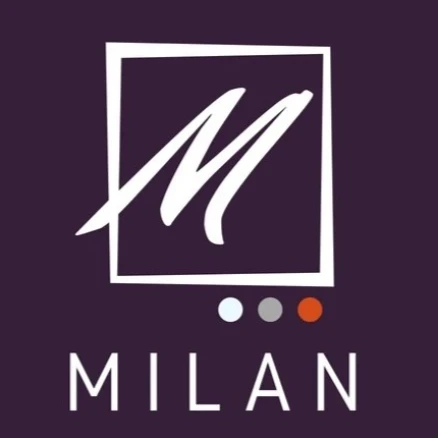CATI was very well represented at this ATA Conference, with over a dozen active members in attendance. Please talk to the others who attended to get their thoughts and opinions as well.
The event got going on Wednesday, with a leadership-council meeting among the heads of the ATA Chapters (which are geographic) and the ATA Divisions (which are subject-related). We shared stories about our local organizations and discussed ideas to attract and retain volunteers, along with thoughts about moving newsletters into more dynamic formats, such as blogs.
Wednesday concluded with a chapters-only meeting, at which Tony Guerra, the President of the Delaware Valley (DVTA) chapter, discussed his association’s experience with implementation of a three-year strategic plan. They set out a mission, conducted a formal SWOT (strengths, weaknesses, opportunities, threats) analysis, and set deadlines for implementing and updating their plan. The chapter heads also discussed CEUs (continuing education units), and the possibility of using them as a way to attract non-members to attend chapter events.
The conference began for everyone else on Thursday, with an opening session and a presentation of candidates for the ATA board. Three new directors were elected, out a group of seven highly qualified candidates. They spoke of focusing more on public relations for our industry, improving outreach, and developing standards for interpreters at the national level similar to ATA certification for translators.
There were dozens of concurrent sessions on Thursday, Friday and Saturday, but I can only speak about the few that I was able to attend. The first was an interesting discussion about how to choose the right type of technology (i.e. software) for the type of work that you do. There are so many options out there now that every translator and interpreter should be able to find something that helps them work more efficiently.
Along these same lines was a session for translators on the use of speech recognition software (Dragon Naturally Speaking) to help speed up their work and take some of the burden off their wrists and hands from typing. The point was made that even if you don’t use it all the time, just employing speech recognition software for an hour a day can make you more productive.
On Friday morning, at the ATA general meeting, the Board reported on the financial health of the association and plans for 2015. Members made comments and asked questions. The meeting closed with a presentation of the election results.
On Friday evening, there was a session about how we language-service professionals view ourselves, and how everyone else views us. The emphasis was on the stories that we tell, and should tell, about our profession. We are a high-tech profession. We are an integral part of globalization. We are involved in every facet of the modern economy. We need to be better storytellers in order to convey to others the relevance and importance of what we do.
The most important session of the conference, in my opinion, happened on Saturday morning, when an expert panel discussed the divergence of the language services market in two directions: bulk and premium. I have written about this in more detail for the upcoming CATI Quarterly, but the main point is that large corporations and technology companies are taking over the bulk market (high volume, short deadline jobs) and are engaging in a price war that is pushing rates to unsustainable levels for freelancers. The good news is that there is a “premium” market in which clients are willing to pay more for high-quality translations and interpreting done by people who are experts in their field. This premium market is the future for freelancers, but it requires that individuals become highly trained and specialized in fields other than languages (i.e. law, finance, medicine).
Apart from these sessions, CATI had a table set up in the chapters area, near the exhibitors. We were a little hidden this year, so there wasn’t much traffic, but people did stop by and ask about the association. Before the next ATA meeting, I suggest that CATI get a banner made (with our new logo), a simple one-page pamphlet with information about our website, Facebook, LinkedIn, and Twitter; some pens to give away; and a box or bowl for people to drop their business cards into, so that we can build up a stronger network.
